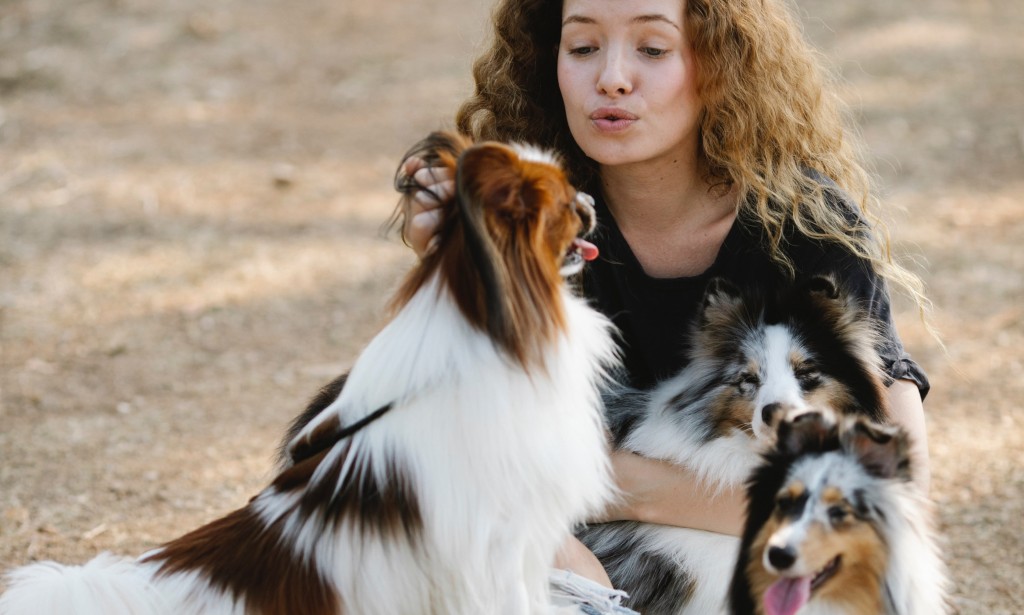Nasogastric Feeding Tube for Small Animals: Improving Their Oral Supplementation

Pet owners, especially those with small animals, understand the importance of providing their furry friends with a balanced and nutritious diet. However, there are instances when their diet might not be enough to meet their nutritional needs. In these cases, oral supplementation may be necessary. And to properly administer these supplements, a nasogastric feeding tube may be needed.
The Nasogastric Feeding Tube: What is it?
A nasogastric feeding tube is a thin and flexible tube that is inserted through the nose and into the stomach. It may come in different sizes and lengths depending on the size of the animal and the specific needs of the veterinarian.
Nasogastric tubes are commonly used by veterinarians for various procedures such as the delivery of medication, nutrition, and hydration. They are particularly useful for small animals that are not able to consume solid food or have difficulty swallowing liquid supplements.
Why Use Nasogastric Feeding Tube for Oral Supplementation?
Oral supplementation through a nasogastric feeding tube can offer several advantages for small animals. These include:
1. Aiding in Recovery:
During the recovery process, small animals may experience a loss of appetite, nausea, or vomiting. A nasogastric feeding tube can supply essential nutrients and fluids directly to the stomach, promoting recovery and helping animals regain their strength.
2. Improving Nutritional Intake:
Small animals with chronic illnesses or conditions may require additional nutrients to support their health. A nasogastric feeding tube allows for the direct delivery of supplements, ensuring that they receive the nutrition they need.
3. Easing Administration of Drugs:
For small animals that require regular medication, a nasogastric feeding tube can make administration more comfortable and accurate. It can reduce the stress involved with attempting to orally administer medication, especially if they aren't cooperative.
4. Customized Treatment:
A veterinarian can customize an animal's oral supplementation regimen based on their specific nutritional needs. The nasogastric feeding tube can deliver the exact amount of supplement required for each animal.
How to Administer a Nasogastric Feeding Tube
The administration of a nasogastric feeding tube may seem daunting at first, but it is a safe and routine procedure that veterinarians perform frequently. However, it is crucial to get training and supervision from a veterinarian to ensure safe administration.
Some steps involved in the administration of the nasogastric feeding tube include:
Step 1: Preparation
The veterinarian will measure the size of the tube required and prepare the supplements or medication for delivery.
Step 2: Administer Anesthesia
The animal may need to undergo mild anesthesia to ensure that they remain calm and relaxed during the procedure.
Step 3: Insertion
The veterinarian will gently insert the nasogastric feeding tube through the animal's nostril and into their stomach, using moderate pressure.
Step 4: Administration
The veterinarian will then use a syringe to administer the supplements or medication through the tube, making sure it is delivered directly into the stomach.
Step 5: Removal
Once the process is complete, the veterinarian will carefully remove the nasogastric feeding tube from the animal’s nose.
Conclusion
Providing Small animals with the proper nutrition and care is crucial to ensure their health and well-being. However, in some cases, oral supplementation may be required, especially during recovery or for animals with specific nutritional needs. A nasogastric feeding tube can provide a safe and straightforward solution for administering oral supplementation effortlessly. As long as the procedure is performed by a veterinarian, the process is safe and can offer several benefits to small animals. Talk to your veterinarian today to determine if a nasogastric feeding tube is right for your small furry friend.